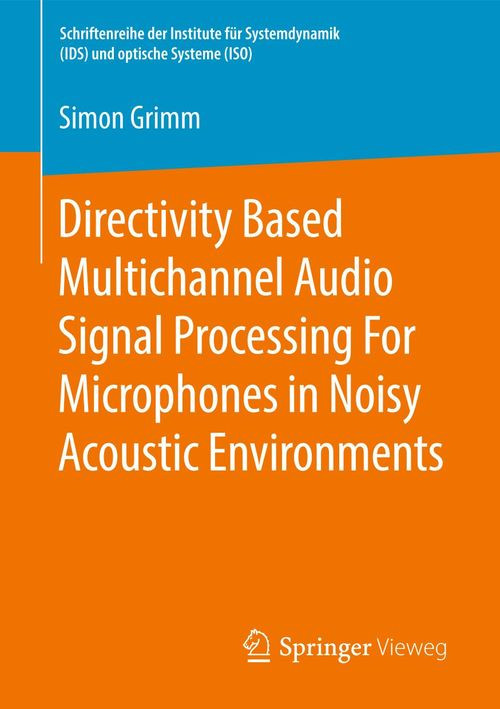

Most ebook files are in PDF format, so you can easily read them using various software such as Foxit Reader or directly on the Google Chrome browser.
Some ebook files are released by publishers in other formats such as .awz, .mobi, .epub, .fb2, etc. You may need to install specific software to read these formats on mobile/PC, such as Calibre.
Please read the tutorial at this link: https://ebookbell.com/faq
We offer FREE conversion to the popular formats you request; however, this may take some time. Therefore, right after payment, please email us, and we will try to provide the service as quickly as possible.
For some exceptional file formats or broken links (if any), please refrain from opening any disputes. Instead, email us first, and we will try to assist within a maximum of 6 hours.
EbookBell Team

4.3
8 reviewsSimon Grimm examines new multi-microphone signal processing strategies that aim to achieve noise reduction and dereverberation. Therefore, narrow-band signal enhancement approaches are combined with broad-band processing in terms of directivity based beamforming. Previously introduced formulations of the multichannel Wiener filter rely on the second order statistics of the speech and noise signals. The author analyses how additional knowledge about the location of a speaker as well as the microphone arrangement can be used to achieve further noise reduction and dereverberation.